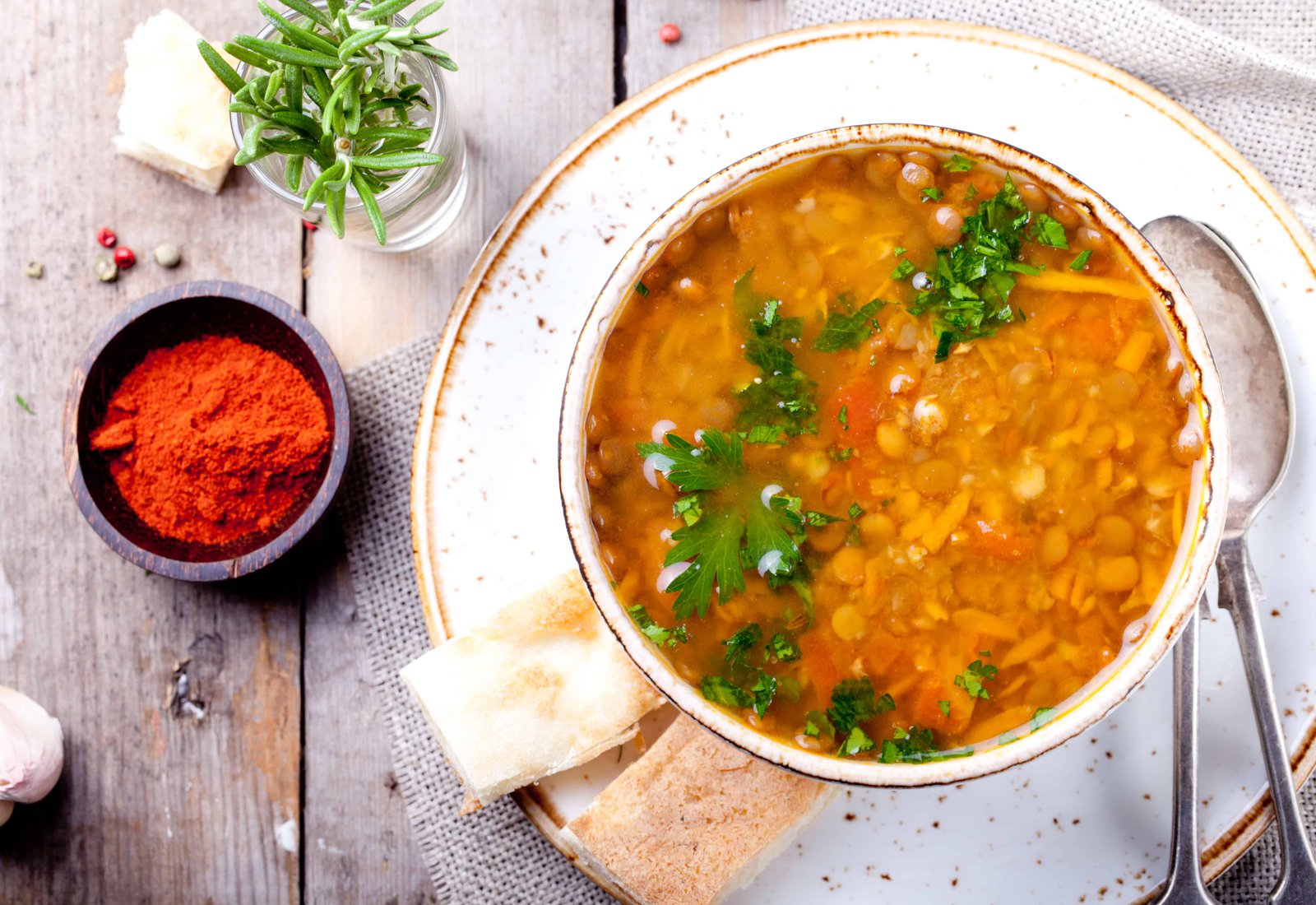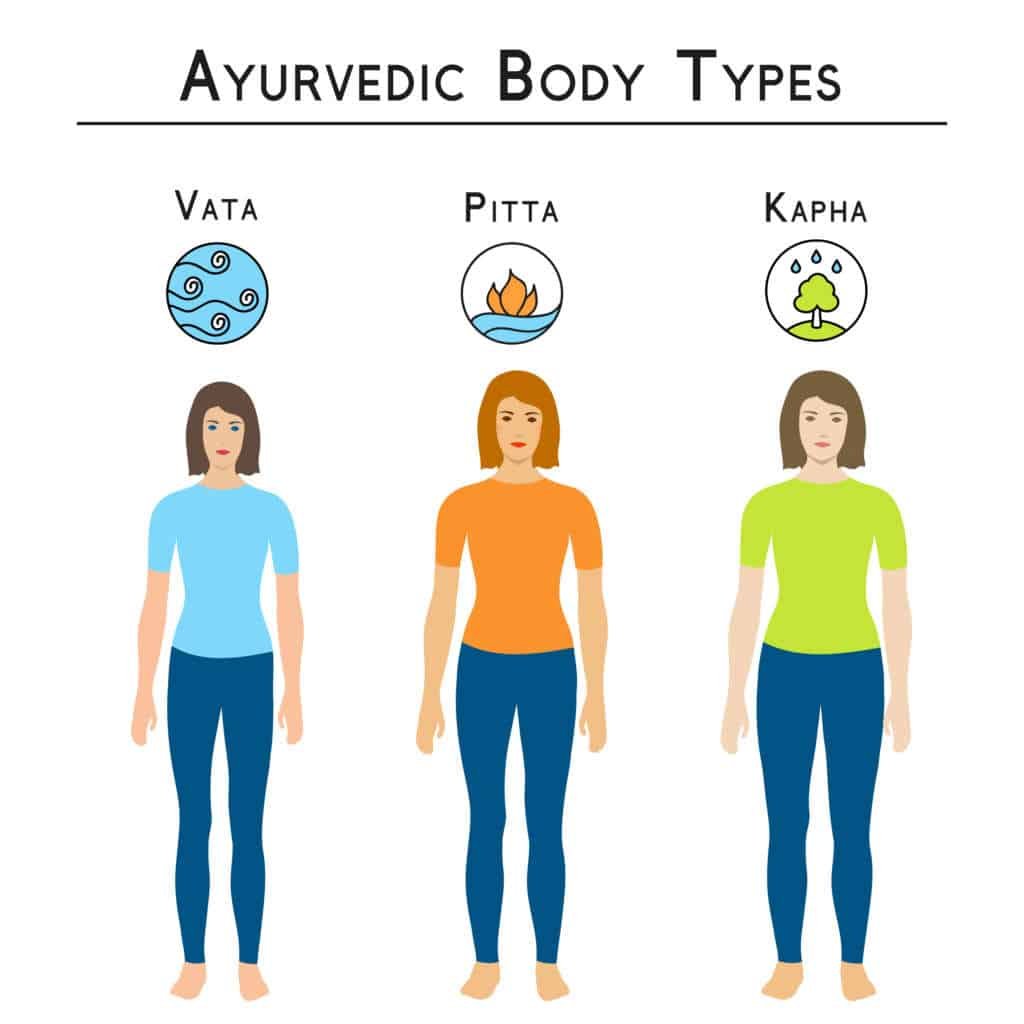
Table of Contents
If there is something that you will start to learn early when it comes to finding your own fitness and health routine is that the types of diets that may have worked for your friend or a family member may not work so well for you. Fortunately, today there are many diets to choose from, and one of these includes the Ayurvedic diet.
Ayurveda is based on the belief that nothing is good for everyone and that something is always good for someone. This view is born of the understanding that each one of us is unique. In a nutshell, each of us is biochemically different: we have different levels of hormones, enzymes and neurotransmitters. Each person reacts to the world in different ways. If we are all different, why think there should be an ideal nutrition program for everyone? When did that idea arise?
It is believed that building a healthy metabolic system, achieving good digestion and proper elimination lead to vitality. Ayurveda also focuses on exercise, yoga, meditation and massage. Therefore, it is necessary to approach body, mind and spirit/consciousness both individually and in unison to ensure health.
The interesting thing about the diet is that it should not be followed for a long time. The menu should be reprogrammed, and the diet should be adapted according to the seasons, time, day and climates during the year. The restrictions aim to delay the swelling, intoxication, and acidification, which result in oxidative stress, thus causing the early aging of cells.
The Ayurveda diet is classified as a great option, yet it is not as well known as the other diets. The first thing about understanding this holistic method of eating is that Ayurveda is associated with a medical, traditional system that comes from India.It is a healing system, a way of conceiving health as a balanced body, mind and spirit, and a whole philosophy of life. It uses core principles whereby you are able to choose what you will eat which is dependent on what is known as your body’s dosha. This is a type of energy that is said to move through your body that affects digestion as well as govern your physiological activity.
Ayurvedic Body Types

Three dosha types include Pitta, Vata and Kapha , and even though all of these are present in every human, only one of these will be your dominant. Once you have decided what type you are you need to follow the dietary suggestions that are associated with it. The Ayurveda diet is designed to assist you in losing weight, but it has nothing to do with counting macronutrients and calories. Here is information about each dosha and the food type’s best suited to it.
1. Pitta
Elements linked with Pitta are water and fire, and the Pitta people are recognized as bold and intense and have never-ending amounts of energy. These people have outstanding digestion, but they often overeat which results in heartburn, upset stomachs and sometimes peptic ulcers. Due to the fact that the Pittas are pungent and sharp, their diet should balance their fiery ways. Here are a few dietary tips:
- Avoid skipping meals or waiting until you are very hungry
- Eat ghee, butter and milk to balance the heat of your type of dosha
- Eat sweet fruits such as pineapples, cherries, mangoes and melons
- Suggested vegetables include leafy greens, sweet potatoes, broccoli, cucumbers and asparagus
- Avoid garlic, hot peppers, eggplant, onion and spicy foods.
2. Vata
The Vatas are typically thin, have cold hands and dry skin. These people have a sensitive digestion and become angry very quickly. Their elements are ether and air, which means it is important to keep themselves consistent and grounded. Here is a guideline to what Vatas should eat:
- Wheat and rice are suggested daily.
- You should eat cooked vegetables opposed to raw
- Stay away from beans that can aggravate your digestive system
- Choose heavy fruits like figs, bananas and avocados
- Low-fat dairy products are suggested.
3.Kapha
The Kapha dosha people are usually thoughtful, steady and educated. The Ayurvedic principles suggest that the Kaphas are usually a bit heavier. These people have a regular digestion system and sleep well. The elements of a Kapha are water and earth and their main function is associated with protection. This dosha is known to be a bit sluggish, and the primary suggestions in regards to diet and lifestyle are aimed at stimulation to balance this dosha type. Here are a few dietary guidelines:
- Try to avoid dairy.
- Cook with the stronger spices such as pepper, cayenne, and ginger.
- Eat small amounts of oils and fats.
- All types of vegetables are suggested.
- Stay with lighter fruits like apples and berries opposed to pineapples or bananas.
- Keep your red meat intake low.

Ayurvedic Nutrition
It is not enough that foods are of good quality to produce energy and healthy cells, in addition, you have to reckon with other factors that influence digestion and metabolism.A balanced diet is one in which you eat a little of everything, without eating much of this and none of that. Ayurvedic medicine recommends that in each meal you taste the six flavors that exist in nature: sweet, salty, bitter, spicy, acidic and astringent so that all the different foods contribute their benefits to the human body.
It is necessary to have an adequate mental and emotional state; A good meal eaten in a bad mood or poor dosha can cause illness. It is also important the right attitude when preparing food, which should be done with care and good feelings.By adding a wide variety of aromatic and tasty foods that are visually appealing and a wide range of colors and textures,you also offer a greater variety of nutrients.
These are the principles which the Ayurvedic diet is based on.






